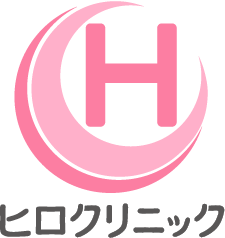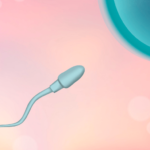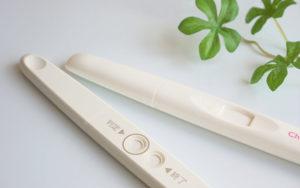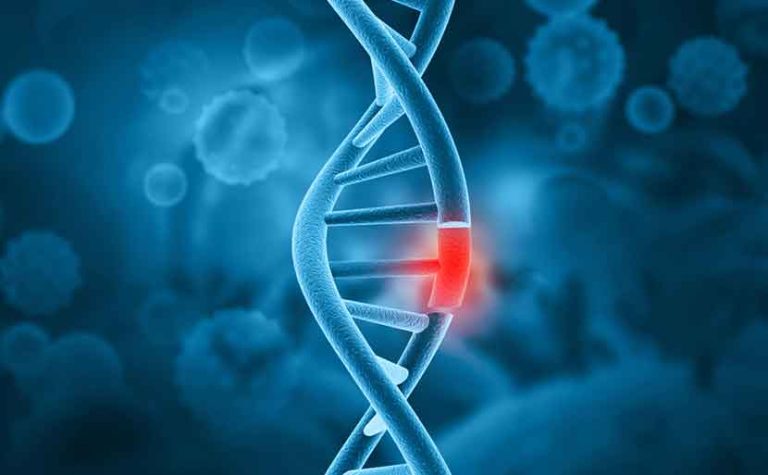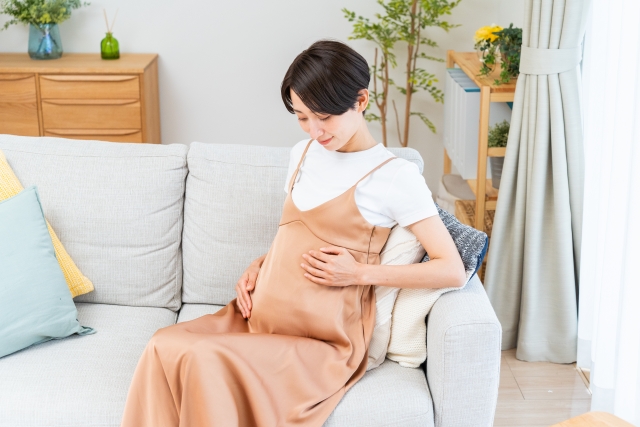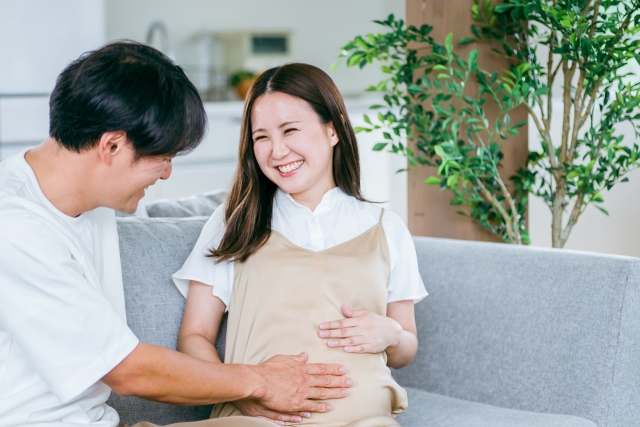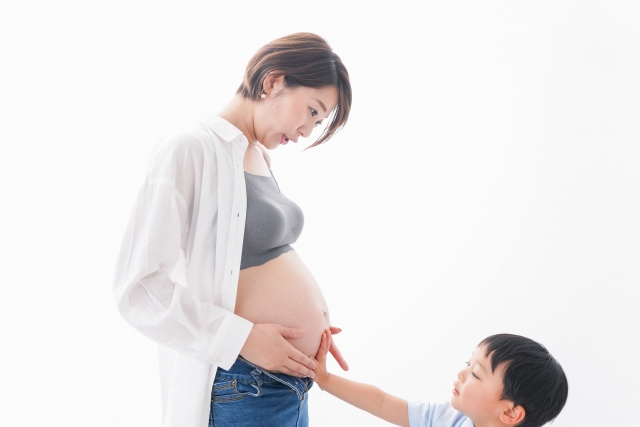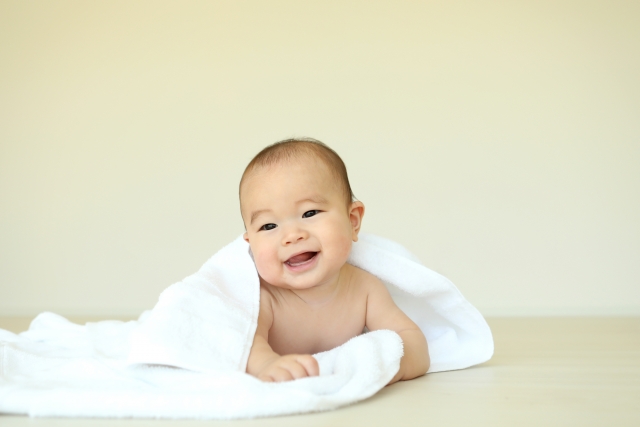NIPT(新型出生前診断)とは
NIPT(新型出生前診断)とは、胎児の発育や状態を調べるための検査です。従来の検査と比べ、
- 母体への負担を軽減した検査が行える
- 結果の信頼性と信憑性が従来と比べて高い
という特徴があります。
NIPT(新型出生前診断)の対象となる人
NIPT(新型出生前診断)を受けるには、
- 妊娠10週以降
- 1人から2人(双子)を妊娠中の人
は、上の2つの条件を満たす必要があります。
反対に、
- トリソミー患者の人
- がん患者の人
- 過去1年間で輸血をした人
- 幹細胞治療、免疫療法、臓器移植を受けた人
- 異数性が見られる人
はNIPT(新型出生前診断)を受けることができません。

NIPT(新型出生前診断)に年齢制限はある?
以前まで、認定施設ではNIPT(新型出生前診断)の対象者は「出産予定日時点で35歳以上」と定めていました。しかし、2022年2月18日に日本医学会より公布された指針により、この年齢制限は撤廃されました。現在では年齢に関わらず、ご自身の希望で受検を検討することができます。
NIPT(新型出生前診断)の認定施設と非認定施設はどう違うの?
NIPT(新型出生前診断)は、産婦人科病院・クリニックなどの医療機関で受けられますが、認定施設か非認定施設かは医療機関によって違いがあり、条件や検査項目が変わります。
認定施設とは
日本医学会と日本産科婦人科学会が出した指針に従い、認定を受けている医療機関のことです。
認定を受けるためには、
- 診断について専門的な知識を持つ臨床遺伝専門医、認定遺伝カウンセラーが複数名所属している。専門外来を持ち、診療に携わっている
- 専門外来にて一定の時間(30分以上)のカウンセリングを行う。そのうえで検査説明も行える
- 検査を受けた後、妊娠や胎児の発育についてフォローアップを行える
- 絨毛検査や羊水検査などに精通しており、高い安全性を持って検査を進められる
- 小児科の臨床遺伝専門医と連携を取り、遺伝カウンセリングを行える
- 臨床遺伝専門医と認定遺伝カウンセラーは検査についての研修を受けており、検査法に対する十分な知識量があり、結果の説明やカウンセリングに十分に対応できる
以上6つの条件を満たしている必要があります。
非認定施設とは
日本医学会と日本産科婦人科学会による認定を受けていない施設のことです。違法というカテゴリーには入らないため、問題なくNIPT(新型出生前診断)を受けられます。
非認定施設では、21トリソミーや18トリソミー、13トリソミーに加え、染色体の数的異常や構造上の異常、性別なども調べられ、医師からの予約や紹介を待つ必要もありません。
ただし、非認定施設では遺伝カウンセリングを行わないところもあり、仮に陽性反応が出てもアフターフォローが得られないケースもあります。
NIPT(新型出生前診断)で知的障害がわかる?
NIPT(新型出生前診断)では、21トリソミー、18トリソミー、13トリソミーを確認でき、知的障害の有無がわかります。
21トリソミーとは、知的障害の代表例として分類される『ダウン症』のことです。「平均的なIQは50以下」「特別支援学校または支援学級での教育が必要となる」などの特徴や条件が見られるほどの、知的障害が目立つようになります。
一方、18トリソミーでは知的障害や発育障害のリスクが高くなり、13トリソミーでは重度の知的障害になりやすいとされています。
NIPT(新型出生前診断)で発達障害がわかる?
NIPT(新型出生前診断)を通じた発達障害の確認は、現状では難しいとされています。
注意欠陥・多動性障害、学習障害をはじめとする発達障害は、根本的な原因がまだ解明されていません。そのため、仮にNIPT(新型出生前診断)を受けても発達障害の有無は確認できないと考えられています。
NIPT(新型出生前診断)で自閉症がわかる?
発達障害と同じく、自閉症もNIPT(新型出生前診断)による判断は不可能です。
自閉症とは発達障害の一つであり、正式には『自閉症スペクトラム』と呼ばれています。高機能自閉症とアスペルガー症候群も自閉症スペクトラムのタイプとして含まれていますが、NIPT(新型出生前診断)での確認はできません。
NIPT(新型出生前診断)でわかること・わからないこと
以上の特徴を踏まえると、NIPT(新型出生前診断)で、わかること・わからないことでは次のような分類ができます。
NIPT(新型出生前診断)でわかること
- 21トリソミー(ダウン症候群)
- 18トリソミー(エドワーズ症候群)
- 13トリソミー(パトウ症候群)
- 22対すべてにおける常染色体(非認定施設で検査可能)
- 1対の性染色体(非認定施設で検査可能)
- 染色体の構造的な異常の有無(非認定施設で検査可能)
- 性別(非認定施設で検査可能)
NIPT(新型出生前診断)でわからないこと
- 発達障害
- 自閉症
- 視覚障害、聴覚障害
- 単一遺伝子疾患(1つの遺伝子によって病気を発症するリスク)
- 他因子遺伝疾患(病気の原因が遺伝性のものか、はっきり確認できない状態)
- 環境、催奇形因子による障害(化学物質、喫煙、薬など、外的要因によって起こる胎児の奇形)
NIPT(新型出生前診断)を受けた人の中絶率は?
NIPTコンソーシアムの調査によると、2013年から2018年のNIPT(新型出生前診断)において、
が報告されました。この統計は、NIPTを受けて陽性が判明し、その後の羊水検査をはじめとする確認で確定検査を受けた後の数字です。
この数字から、21トリソミーでは約87%、18トリソミーでは約60%、13トリソミーでは約68%など、中絶率の高さが見られます。
NIPT(新型出生前診断)と母たちの実情
NIPT(新型出生前診断)にはさまざまな意見がありますが、出産か中絶かのどちらかを決断するにしても、母親に精神的・肉体的な負担がかかり、ひいては今後の人生が大きく左右されることには変わりません。
そのため、母親には行政や医療機関からの十分なケアが必要になります。
そのなかの一つが、遺伝カウンセリングです。遺伝カウンセリングでは、遺伝カウンセラーのもとで、NIPT(新型出生前診断)についての知識を深めたり、胎児の状態について相談したりなどのサポートを受けられます。先天性異常で陽性が見られた場合には、出産か中絶かの選択を共に相談でき、出産する場合にはその後の育て方などのアドバイスを得ることも可能です。
「生まれてくる子供が問題なく、健康的に育って欲しい」とは、多くの母親が願うことです。だからこそ、胎児に異常や病気が見られると、孤独で重い責任が伴う決断を迫られてしまいます。そこで、十分な知識で不安を解消できる遺伝カウンセラーのサポートがあることで、母親たちの負担は軽減されていくでしょう。

まとめ
今回の記事では、NIPT(新型出生前診断)の概要や対象となる人、検査によってわかること・わからないこと、実情について解説しました。
NIPT(新型出生前診断)の結果を受けてどのような決断をするかは、胎児について配慮すると決断が難しい側面があります。しかし、出産か中絶かどちらの選択をするにしても、母親の肉体的・精神的な負担と今後の人生にも十分な配慮がなされる必要もあります。
そのような現実を踏まえ、パートナーや検査を行う施設、遺伝カウンセラーなどの外部からの協力が、さらに求められていくでしょう。
Q&A
-
QCan NIPT (New Prenatal Diagnosis) detect autism?NIPT cannot directly detect autism. Autism is a complex developmental disorder that involves not only genetic factors but also environmental factors, and it is difficult to diagnose before birth with current technology.
-
QCan intellectual disabilities be detected by NIPT (New Prenatal Diagnosis)?NIPT can detect chromosomal abnormalities that may be associated with some intellectual disabilities, such as Down syndrome. However, it cannot identify all intellectual disabilities or their causes.
-
QAre there any disorders that cannot be detected by NIPT (New Prenatal Diagnosis)?NIPT mainly detects chromosomal abnormalities, but it cannot detect disorders caused by environmental factors or developmental disorders including autism.
-
QWhat kinds of disorders can be detected by NIPT (new-type prenatal diagnosis)?At HIRO CLINIC, we can detect all chromosomes from 1 to 22, such as 21 trisomy (Down syndrome), 18 trisomy (Edwards syndrome), and 13 trisomy (Patou syndrome), all autosomal whole region partial deletion disorders, and four types of microdeletion syndromes.
-
QWhat is the abortion rate if a prenatal diagnosis is positive for chromosomal abnormalities?According to a NIPT survey conducted in Japan, approximately 87% of pregnant women with 21 trisomies, 60% with 18 trisomies, and 68% with 13 trisomies chose to have an abortion.
-
QWhat are the reasons behind the high abortion rate?In many cases, pregnant women and their families choose abortion because of the possibility of serious disability or short life expectancy if the fetus has a positive chromosome abnormality, and because of the impact on their life after birth.
-
QWhat is the abortion rate after a positive diagnosis of 21 trisomy (Down syndrome)?It is reported that the abortion rate reaches approximately 87% after a positive diagnosis of 21 trisomy.
-
QWhat is the reason for the low abortion rate for 18 trisomy (Edwards syndrome) and 13 trisomy (Pato syndrome)?The abortion rate tends to be relatively low for 18 and 13 trisomies because they have a high miscarriage rate and often terminate spontaneously during pregnancy.
-
QDoes the abortion rate vary with age?The older a woman is, the higher the rate of positive chromosome aberrations and the higher the abortion rate tends to be. In particular, a higher percentage of women over the age of 40 choose to have an abortion.
-
QDo regional differences or cultural factors affect the abortion rate?Regional, cultural, and religious backgrounds have a significant impact on abortion rates. In Japan, the abortion rate tends to be high, but it is believed that in regions with strong religious beliefs, there are more cases of women choosing to give birth.
-
QIs there any support available to lower the abortion rate after prenatal diagnosis?Genetic counseling and psychological support may contribute to lower abortion rates. Consulting with a professional can help families make more informed decisions.
-
QWhat is the greatest burden felt by families choosing abortion?Families who choose abortion often face ethical conflicts and psychological burdens, and emotional support is important.
-
QIf a prenatal diagnosis is positive, are there options other than abortion?Some families choose to give birth even in the event of a positive result and prepare for appropriate medical care and attention. We can work with medical facilities to provide a support system.
-
QWhat social actions are needed to decrease the abortion rate?Education to improve understanding of the results of prenatal diagnosis, financial support for raising children with disabilities, and a support system in the community are necessary.
-
QIs there a difference in abortion rates between those received at non-certified facilities and those received at certified facilities?There is no significant difference in abortion rates between certified and non-certified facilities. However, non-certified facilities are able to perform a wider range of tests, which may affect the decision.
-
QDoes a negative prenatal diagnosis affect the abortion rate?If negative, the option of abortion is usually not considered. However, in a few cases, the possibility of an incorrect diagnosis is considered.
-
QIs the abortion rate due to prenatal diagnosis on the decline?In Japan, there has been no significant change in the abortion rate, but the number of options is expanding due to the spread of genetic counseling and the strengthening of support systems.
-
QHow long is there a grace period before a woman decides to have an abortion?Under Japanese law, abortion is allowed up to 21 weeks and 6 days of pregnancy. Therefore, you should consider this as soon as possible after receiving the results of the prenatal diagnosis.
-
QDo I need to make an abortion decision immediately after receiving a prenatal diagnosis?You will be given a certain amount of time to make a decision, but if a definitive diagnosis (e.g., amniotic fluid test) is required, an early decision is required in consideration of the timing of the test and results.
-
QWhy do families who do not choose to have an abortion undergo prenatal diagnosis?Even families who do not choose to have an abortion use prenatal diagnosis to assess the health of the fetus and to prepare for childbirth and childcare.
Article Editorial Supervisor
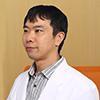
Dr Hiroshi Oka
NIPT specialist clinic, MD
Graduated from Keio University, School of Medicine
 中文
中文
